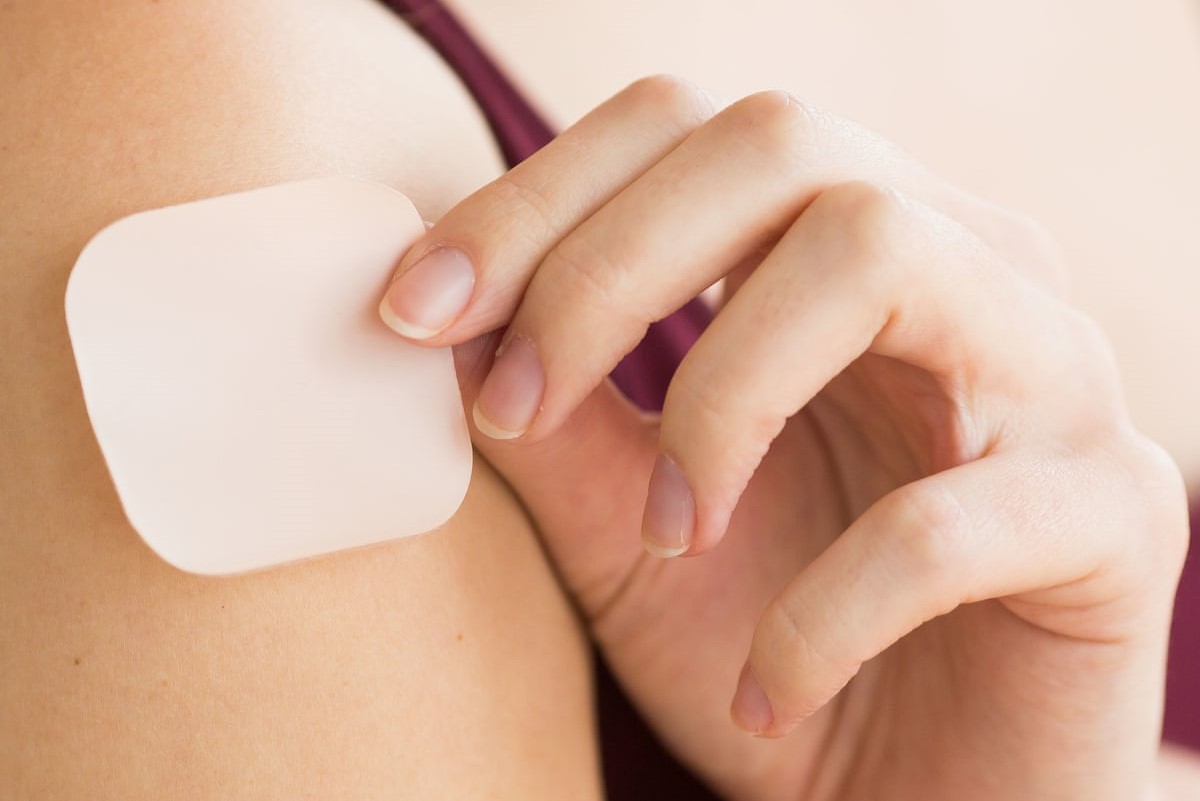Nicotine Replacement Therapy
-
Patch
The Nicotine Patch is an adhesive patch that is sealed directly to skin, typically on the arm. Patches supply nicotine through the skin and into the bloodstream over a 16 to 24-hour period. The patch can be used on its own or in combination with another form of NRT that satisfies cravings that require immediate satisfaction. It is recommended that patients stop smoking once they start using the patch because it may cause dizziness and nausea. As with all medications, patients should consult with their healthcare provider before using the patch. In these conversations, HCPs can help determine what dosing and treatment protocol will be most effective with the patient.
-
Gum
Nicotine Gum functions well for situations in which you get a sudden urge to smoke. Patients should chew the gum until the nicotine taste starts to come through and then “park” it in their gum for a temporary relief from withdrawal. This sensation will last for about 30 minutes, so patients should expect to chew a few pieces each day. Depending on an individual's smoking volume prior to quitting, they should choose from the two strengths of gum (2mg and 4 mg) and expect to use the gum between 8 and 12 weeks. Like with the patch, patients should speak with their doctor before starting to use the gum, as it may be a risk for those who are pregnant or breastfeeding or have heart issues.
-
Inhaler
Unlike the other forms of Nicotine Replacement Therapy, the Nicotine Inhaler provides a similar sensation to smoking a cigarette. Users inhale and puff nicotine vapor contained within the inhaler's cartridge. Users can puff for 20 minutes at a time but should not use more than 16 cartridges a day. Inhalers require a doctor's prescription and patients should speak with them about any related health issues.
-
Nasal Spray
Nasal Spray can be used multiple times a day and functions similarly to a nasal spray for allergies. Like all Nicotine Replacement Therapies, it supplies nicotine to the body for temporary periods of time so that cravings are lessened. Only one spray should be used for each nostril and it should not be used more than five times an hour. Users are advised to not smoke while using the nasal spray.
-
Lozenge
The Nicotine Lozenge can be taken multiple times a day and functions similarly to a cough drop. However, unlike a cough drop, the lozenge is meant to dissolve in your mouth, not swallowed. These lozenges can be taken multiple times a day and supply nicotine for temporary relief from withdrawal cravings. Patients should not eat or drink anything before, after or while the lozenge is in the mouth. As with other forms of NRT, individuals should speak with their doctor before beginning to use the lozenge.
Non-Nicotine Replacement Therapy
-
Varenicline
- Varenicline, also known as Chantix, is a prescription medication that does not contain nicotine. It helps to lessen the symptoms of withdrawal by blocking the part of the brain that is associated with the pleasure that nicotine induces. When prescribed, the patient begins to take it two weeks before their quit date and continues for between three and six months. Users should take it right after eating with plenty of water. Varenicline should not be taken with Nicotine Replacement Therapy. Patients should speak with their healthcare provider before taking Varenicline in order to screen for health history.
-
Bupropion SR
- Bupropion SR, also known as Zyban and Wellbutrin, is another type of prescription medication that does not contain nicotine. Unlike Varenicline, Bupropion SR can be taken with Nicotine Replacement Therapy but this may lead to increased blood pressure. As always, patients should consult with their healthcare provider before starting its use.
